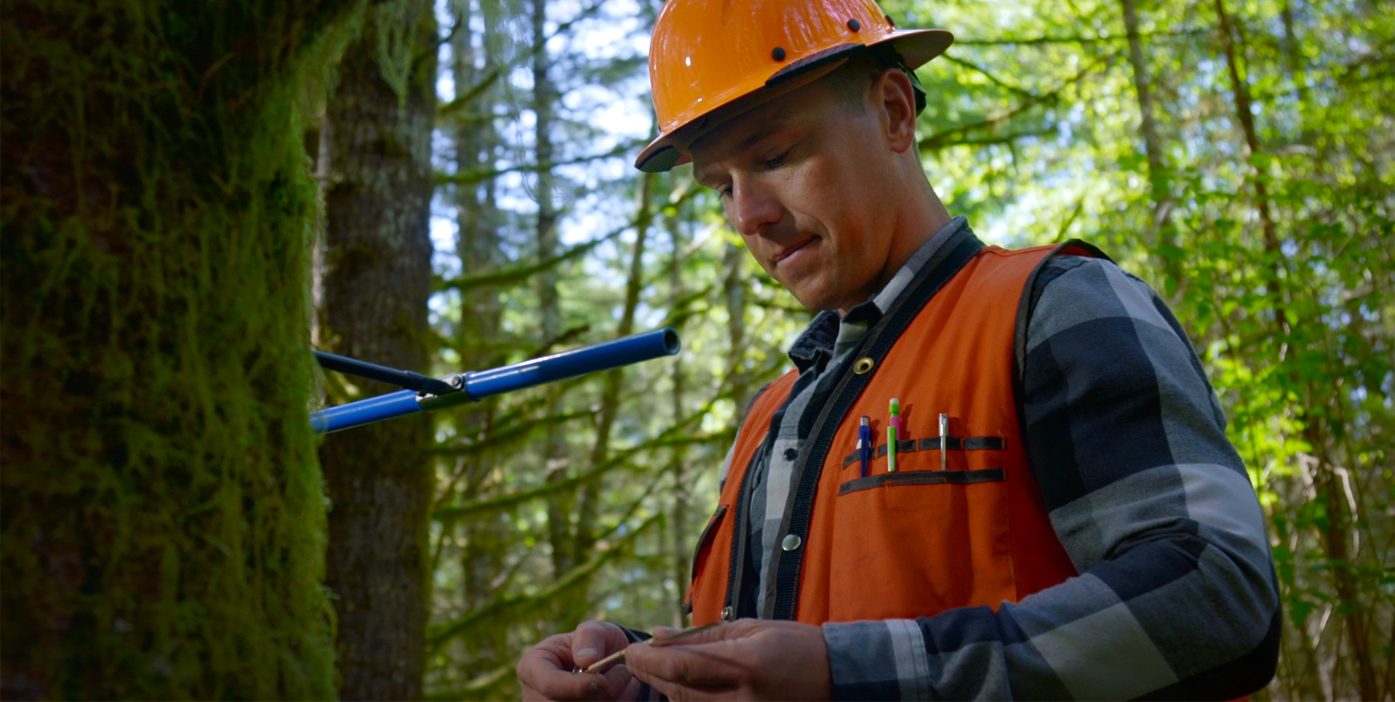What offsets our state's carbon footprint by 35%?

Healthy forests absorb carbon from the atmosphere. When working forests are harvested, the carbon from trees remains stored in wood products. In total, all of our state's forests and wood products offset 35% of Washington's annual carbon emissions.
Trees from managed forests have less risk from:

Healthy, managed, working forests sequester carbon faster. If we didn't manage our forests, we'd be much more likely to lose trees, and the carbon stored in them to decay, disease or wildfire.
Which building material has the lowest carbon footprint?

Trees are the best and most natural way of removing carbon from the atmosphere, and 50% of the weight of wood products is stored carbon. Wood is also the environmentally preferred building material because it has a lower carbon footprint than alternatives.
In addition to lumber for housing, what do people get from working forests?

Logging and lumber manufacturing residuals are also used to make products like electricity, biofuels, biochar, biodegradable packaging—even LCD displays and cell phone screens. This reduces the use of plastics, fossil energy, and non-renewable materials mined from the earth. It's all part of the sustainability and zero-waste philosophy of the forest industry to utilize all parts of the tree to maximize environmental benefits.
How many trees do Washington's working foresters plant each year?

For every tree harvested in Washington State, working foresters plant three new ones in its place.
Carbon-friendly wood products from Washington's working forests are used to build:

Practicing sustainable forestry and using harvested wood products is globally recognized as one of the best, natural ways to reduce carbon emissions and address climate change.
You got {number correct}/{number of questions} correct answers
Thanks for testing your CO2 IQ! You’re well on your way to becoming a carbon solution genius. Share your smarts with others by clicking on the social media icon below. To learn even more about Washington’s working forests, click the link below.
